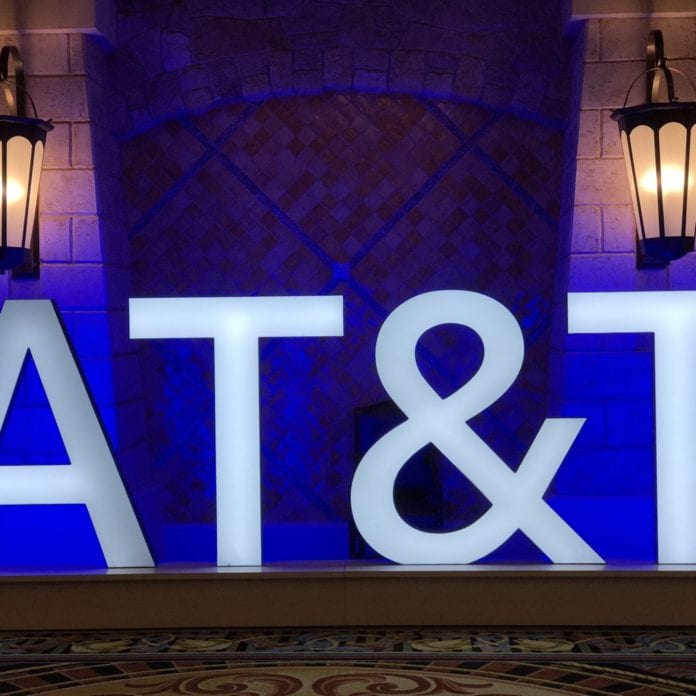Ericsson will support the deployment of AT&T’s recently acquired C-band spectrum and the launch of 5G Standalone (SA) in a newly disclosed five-year agreement. The partnership will reportedly help the carrier provide 5G to more users and for use cases in sports and venues, entertainment, travel and transportation, business transformation and public safety.
The pair have been working together for nearly 20 years and AT&T’s network already makes used of the Ericsson Radio System portfolio, which includes the Advanced Antenna System, Advanced RAN Coordination and Carrier Aggregation technologies. The solution’s centralized RAN architecture is enabled by Ericsson Fronthaul Gateway, which allows for more efficient transport of the fronthaul interface by converting it to packet (eCPRI).
Ericsson explained in a statement that 5G Carrier Aggregation and Advanced RAN Coordination is a “blended solution that optimizes coverage, capacity and latency of mid-band and high-band deployments.”
“Advanced Antenna System (AAS),” the statement continued, “is key to C Band deployment as it enables extended coverage, while providing tremendous throughput/capacity that can truly enable enhanced mobile broadband.”
“As we continue to expand our nationwide 5G network, Ericsson’s technology offerings and 5G expertise will assist with our network evolution,” said Scott Mair, president of AT&T Network Engineering and Operations. “This latest agreement provides the pathway for us to deploy Ericsson’s next-generation centralized RAN architecture, enabled by Fronthaul Gateway, with the ability to support future network enhancements, like the evolution to Cloud RAN.”
While, the Ericsson Cloud RAN solution was officially launched this year, the company first began talking about in 2020. This, Per Narvinger, head of product area networks at Ericsson, told RCR Wireless News last year was to allow operators the time needed to prepare for the “technically challenging” journey of virtualization.
“We’ve started with our 5G low-band product and then there will be more offerings further down the line, but our sentiment is that it will take our customers time to get ready for this,” he said. “We are announcing this to trigger our customers to get ready for this, even if the actual products won’t be deployed until the end of next year.”
He also said that the solution adds greater flexibility and versatility to operator’s network build-outs, as well as deliver an advanced level of openness and innovation and will address a number of 5G use cases including indoor segments of the network, as well as enterprise uses cases and stadiums.

